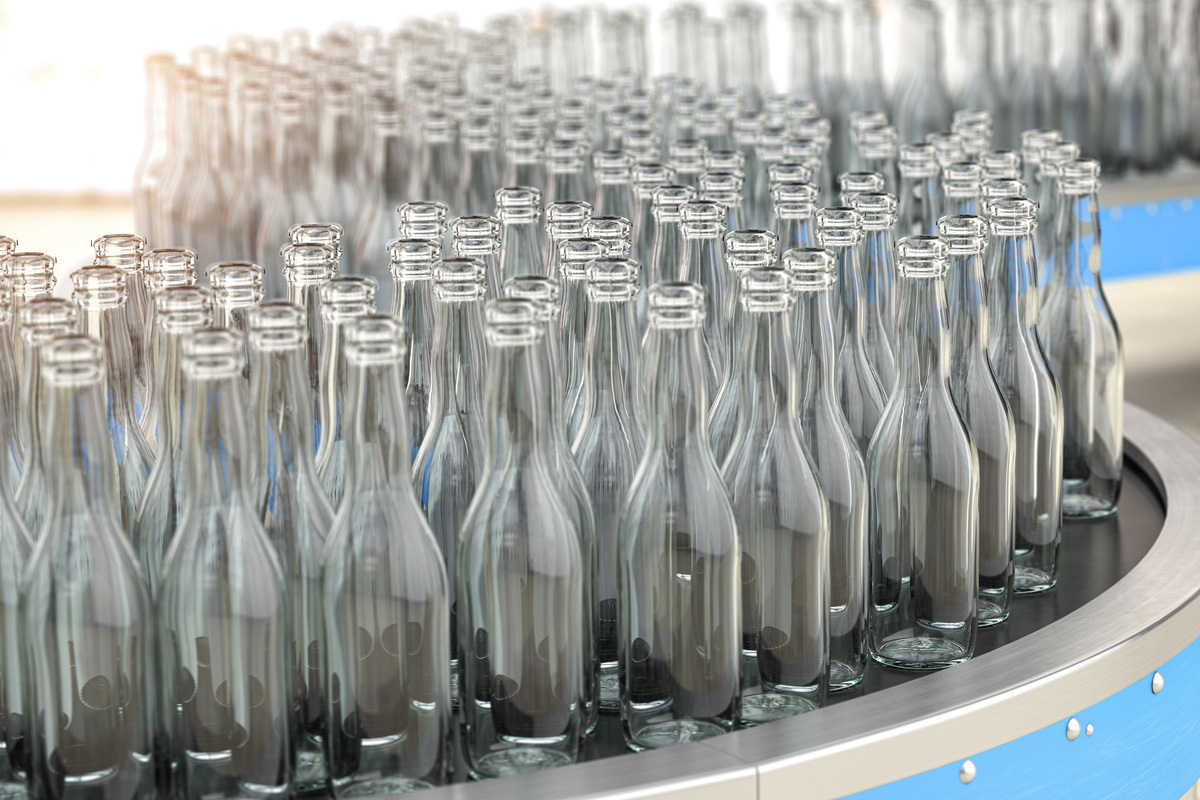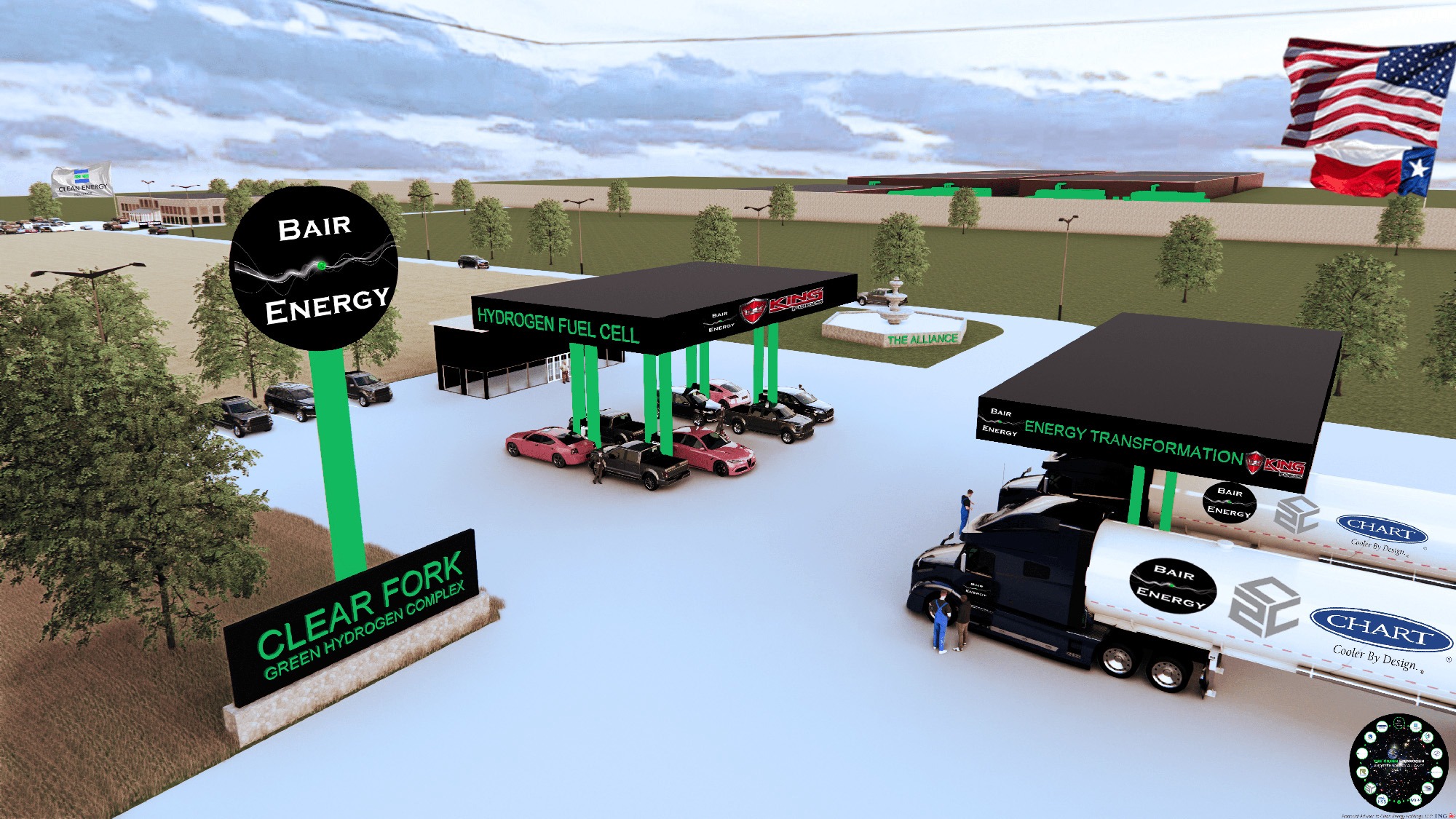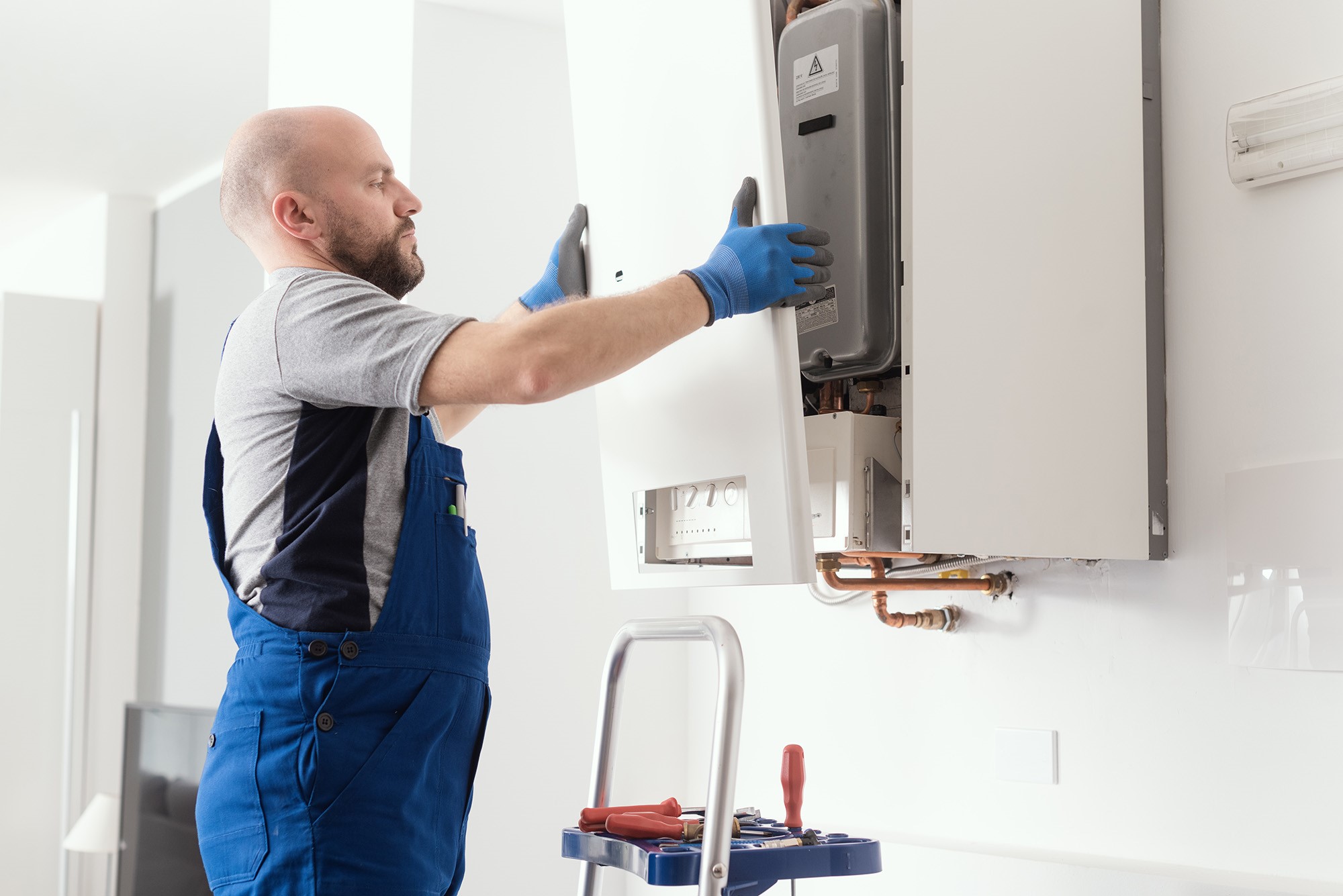How Hydrogen Will Produce Glass, Aluminium, and Steel

Industrial scale green hydrogen will be used for the first time in glass manufacturing, aluminium recycling, and steel manufacturing processes, thanks to three 5MW electrolyser projects across Europe.
Plug Power Inc. have announced the three projects in collaboration with partners Ardagh Glass Limmared, Hydro Havrand, and the APEX Group.
Manufacturing green glass with hydrogen
Ardagh Glass Limmared is a subsidiary of the Ardagh group, a Luxembourg-based global supplier of ‘sustainable’ and ‘infinitely recyclable’ metal and glass packaging.
Having previously co-invested in a hydrogen-fired glass furnace with Absolut Vodka earlier this year, the Ardagh group have already shown their commitment to decarbonising the glassmaking sector.
Now, their Sweden-based subsidiary, are projected to produce 2.1 metric tons per day of green hydrogen by the end of the year using hydroelectric power, replacing a portion of the natural gas used today and reducing the plant’s overall carbon emissions.
Aluminium at the heart of a circular economy
Also adding to their portfolio of green hydrogen projects are Hydro Havrand, part of Norsk Hydro ASA. The Norwegian aluminium and renewable energy company, which is headquartered in Oslo, is one of the largest aluminium companies worldwide, and whose expertise in electrolysis dates back to the 1950s.
Displacing the natural gas used in their aluminium recycling plant’s burner in Hoyanger, Norway with 2.1 metric tons per day of green hydrogen, the electrolyser will help build a close-loop economy once it is employed in June 2024.
Hydro’s focus on aluminium comes from their mission to promote a circular economy, which they argue is key in transitioning to a greener society, as well striving to replace fossil fuels with green hydrogen energy across various sectors.
Aluminium’s ability to be infinitely recyclable without a drop in quality, also referred to as a ‘permanent material’, makes it an ideal metal for a circular, low-carbon economy.
Additionally, recycling aluminium 95% less energy compared to producing it for the first time.
Hydro Havrand, Hydro’s green hydrogen company, was developed with the intention of exploring the use of hydrogen in the recycling of aluminium, in an attempt to reduce the metal’s carbon footprint to zero.
Hydrogen will be used in the production of green steel
The third electrolyser project will be based in Bremen, Germany, where the APEX Group will demonstrate the feasibility of producing green steel through the decarbonisation of ArcelorMittal’s blast furnaces.
Two electrolyser modules capable of producing 4.2 metric tons per day of green hydrogen will be delivered to SWB, Bremen’s public utility company.
ArcelorMittal is a multinational steel manufacturing corporation aiming to decarbonise the steel industry with the hope that low-carbon steel will support a low-carbon world through its use in electric vehicles and renewable energy infrastructure.
Ultimately, the goal is for northern Germany’s steel industry to achieve complete decarbonisation, with the rest of Europe to follow.
The road to EU decarbonisation targets
Andy Marsh, Plug CEO, said: “Plug is breaking new ground with this series of industry firsts that validate our vision to scale the green hydrogen economy.
“We were bold enough to design and build the industry’s first 5MW electrolyser module, and customers are now clambering for its holistic, compact, easy-to-install features.”
The European Union plans to produce 10 million tons of green hydrogen by 2030, with plans to decarbonise European industries and the mobility sector.
Deploying electrolysers in these three industries will help in wider decarbonisation targets, having been positioned on the decarbonisation roadmap in line with the EU’s goals.

